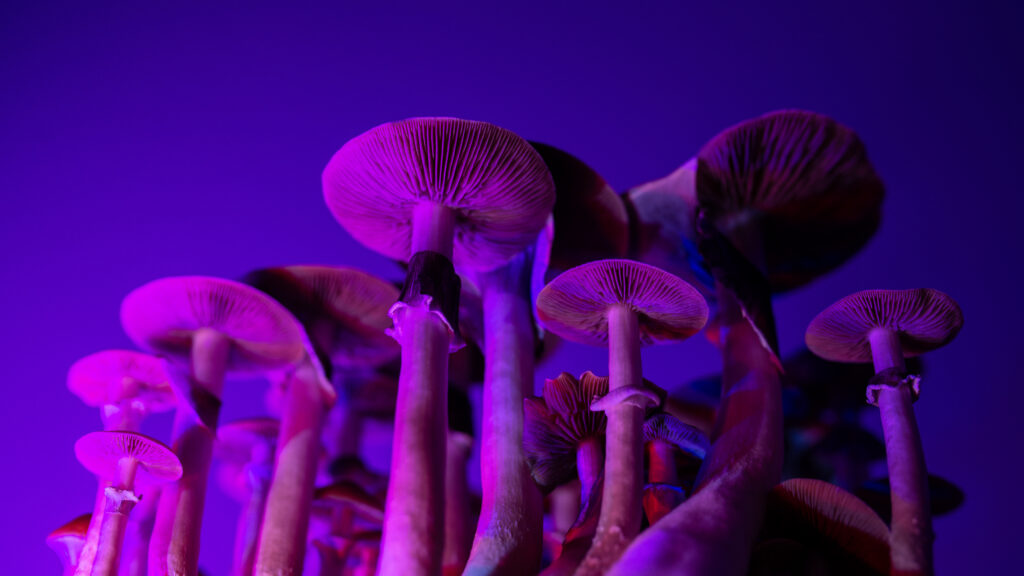This article is excerpted from the latest STAT Report: Treating Depression: a new era of promising Drugs.
On May 8, 1972, a researcher at Eli Lilly in Indianapolis named Jong-Sin Horng tested a compound his team had developed and found it had a curious property.
The agent, called Lilly 110140, altered chemical activity in the brain linked to depression. It tested as mildly effective, had fewer side effects than older antidepressants, and virtually no overdose risk. (Even the most commonly prescribed drugs of that era, called tricyclics, were easy to overdose on in small amounts.) And in 1987, trade-named Prozac, it was approved by the Food and Drug Administration, for the treatment of major depressive disorder.
Prozac was not only a bestseller for Lilly, it was a cultural sensation, grabbing headlines and inspiring popular books, like Peter Kramer’s “Listening to Prozac.”
But by the mid-2000s, the limitations of the drug and its successors, a class called selective serotonin reuptake inhibitors (SSRIs), were clear. The drugs usually took three weeks or more to take effect, and did little to offer people relief, if they worked at all. Their side effects were hardly trivial: weight gain and sexual dysfunction, to name just two. And by 2006, federal regulators had placed a black-box warning on the drugs’ labels, citing a heightened risk of suicidal thinking and behavior in adolescents and young adults.
The science of serotonin was largely a bust, too, despite billions in government research funding. The drug that had seemed so likely to provide a key to unlocking the biology of depression — an illness that afflicts nearly 300 million people worldwide, at a cost to society of more than $200 billion a year — did nothing of the kind, leaving scientists and drugmakers with no clear molecular targets or scientific framework to advance treatment.
Today, though, research has led the way to a new generation of depression drugs, seemingly more effective and quicker to action than any of their predecessors.
These advances have come in the form they always have in psychiatry, from serendipitous discoveries. Only this time the breakthroughs came from the unlikeliest of sources: small studies of recreational drugs, namely ketamine, a widely used anesthetic once popular as a club drug with the street name “Special K,” and psilocybin, the active ingredient in “magic mushrooms.”
The ketamine studies went off like a flare in the darkness, visible for miles and making headlines across the world. Here was a whiff of the future: entirely new expectations, new molecular targets, and a new target population, people with treatment-resistant depression who typically had been excluded from trials as out of reach.
New drugs and new thinking are now transforming a field that has long been stagnant, paving the way for a more precise, individualized practice of depression treatment. And the potential for these and related compounds to generate fast-acting, durable relief has attracted a new generation of investors, biotech startups, and drug hunters.
More than 60 compounds representing novel treatment approaches are in the pipeline. And where psychiatrists and researchers once approached depression as a single illness, the new drug discoveries are causing the field to reevaluate diagnosis itself, with the realization that different subtypes of depression respond to different treatment approaches.
“We think of this as personalized medicine brought to mood disorders, and see it as the future of psychiatric treatment and drug development,” said Derek Small, co-founder and executive chairman of Gate Neurosciences, which has two depression drugs in the pipeline.
This changed landscape feels both wide-open and crowded, a gold rush without any clearly identifiable deposits, only hints about where to look.
The sound barrier was officially broken with J&J’s Spravato, the first truly novel depression drug in almost a half a century, which entered the market in early 2019.
The profit barrier has been harder to crack. In the case of Spravato, a nasal spray that induces a ketamine-like dissociation, the Food and Drug Administration requires that doses be taken in a doctor’s office and that patients be monitored for two hours, a logistical burden on clinics and their clients. The cost for a one-month course of treatment is $4,700 to $6,700, and for booster courses another $2,300 to $3,500.
The drug was barely off the ground when Covid-19 hit in 2020, and people stayed away from hospitals if they could. Pickup has been sluggish, for both Spravato and the second new-era drug to reach the market just afterward: Zulresso, for postpartum depression, developed by Sage Therapeutics.
“You have to give J&J credit for breaking the mold, for developing an entirely new therapy and bringing it to market,” said Harry Tracy, founder and president of NI Research, which publishes NeuroPerspective, an independent, quarterly review of trends in central nervous system drug development. “But their experience so far illustrates some of the challenges with payers, patients, and doctors that any new therapy will have to overcome to be successful.”
There are other, even more daunting challenges. The mental health system, to the extent it’s a system at all, is deeply entrenched and resistant to change. Psychiatrists and therapists are just as habit-bound as the rest of us. So are payers, who have been reimbursing the cost of generic, often lifelong antidepressant prescriptions for decades and are skeptical of newer, more expensive options. And then there is depression itself, so variable and so prevalent, as it looms around every corner of loss, that it seems inherent in consciousness, a disorder of being alive.
But hope of any kind is hope nonetheless, in a field where it has long been in scarce supply. As Bryan Roth, professor of pharmacology at UNC School of Medicine and director of the psychoactive drug screening program at the National Institute of Mental Health put it: “If we can develop a pill that cured depression outright in 10% of patients — just 10% — that wouldn’t just be a winner. It would change everything. Psychiatry would never be the same.”


